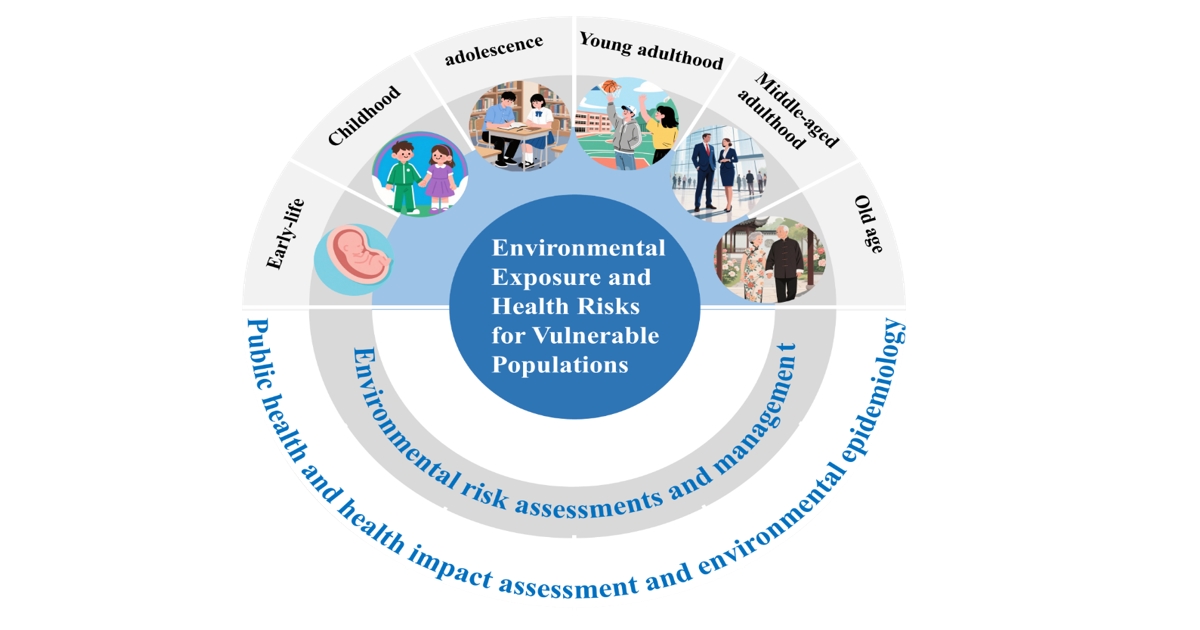Environmental Exposure and Health Risks for Vulnerable Populations
Topic Information
Dear Colleagues,
Individuals differ in their susceptibility to environmental exposure, with susceptible subgroups such as pregnant women, fetuses, children, adolescents, and frail populations facing heightened health threats due to their increased vulnerability. Rigorously designed epidemiological, toxicological, and clinical studies are critical to establishing scientific inference, unraveling the mechanisms linking environmental exposure to health risks in these populations, and providing evidence for addressing environmental health inequalities. This Topic focuses on environmental exposure and health risks in vulnerable populations. It considers the growing complexity of environmental contaminants, with combined risks from traditional and emerging pollutants posing persistent threats to susceptible groups. We welcome original research, reviews, commentaries, and short communications addressing these challenges, with topics including (but not limited to) the following:
- Public health and health impact assessment and environmental epidemiology;
- Environmental risk assessments and management.
Dr. Mingyang Wu
Dr. Yanling Deng
Topic Editors
Keywords
- emerging contaminants
- endocrine disruptors
- persistent organic pollutant
- air pollutants
- heavy metals
- disinfection byproducts
- ambient temperature
- artificial light at night
- screen exposure
- cross-sectional study
- cohort study
- toxicological study
- vulnerable populations
